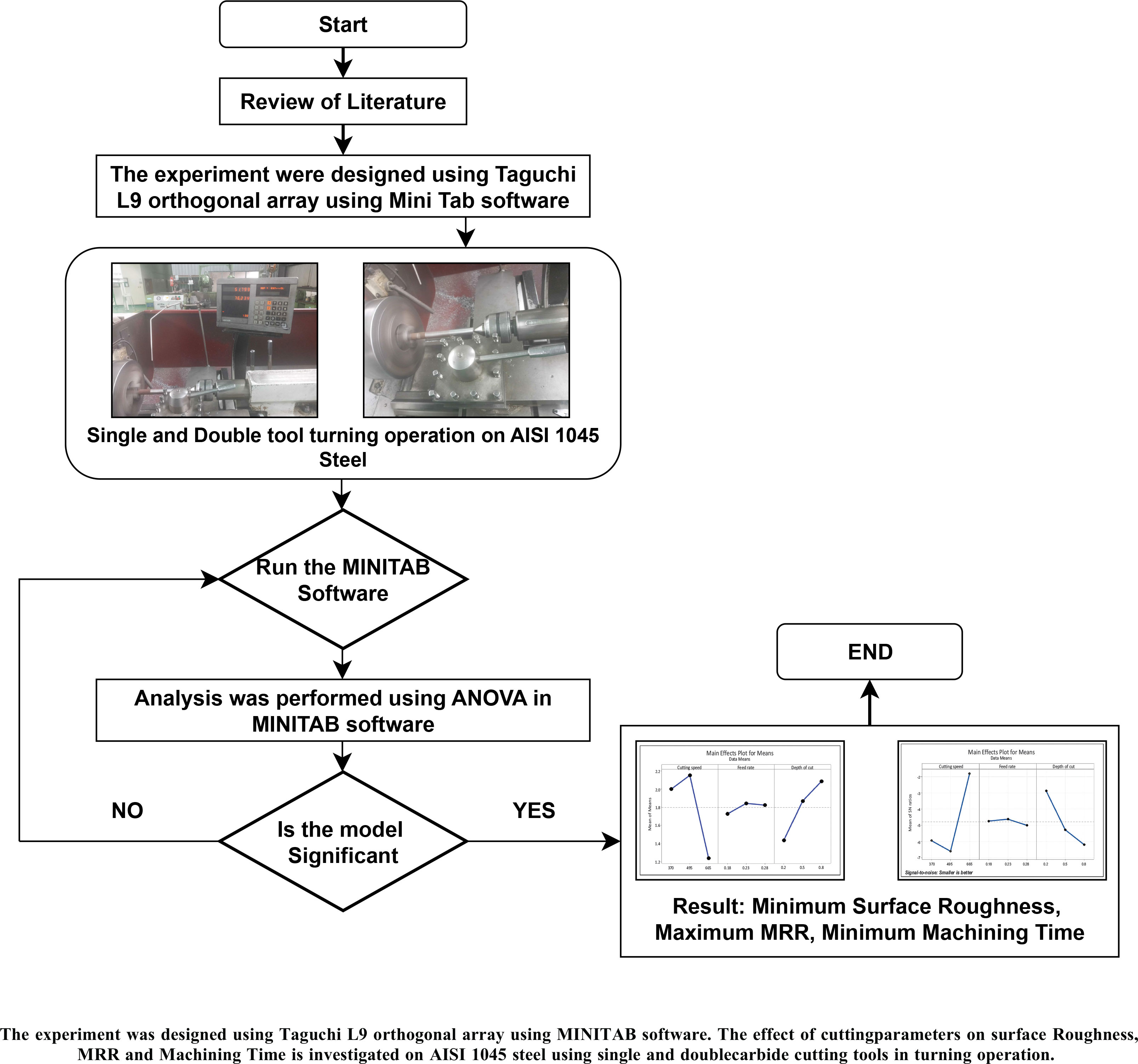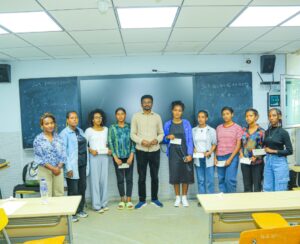Abstract
DSS has low machinability characteristics due to its high strength, machining is complicated, and careful attention is required when selecting machining parameters. The main criteria discussed in this paper concern the turning optimization parameters and machining time reduction of DSS 2205 as the work material. The input parameters are cutting velocity, feeds, cutting depth, and tooltip nose radius of the cutting tool. The design of experiments methodology is employed to design the experiments using Design-Expert V12 software. The second-order mathematical model was developed, and analysis of variance was performed to analyze the performance characteristics to recognize the critical variables influencing the output parameter. An artificial neural network (ANN) backpropagation algorithm using MATLAB software was used to develop the mathematical model and optimize the output. The model was developed, and the results were optimized using MATLAB software’s ANN back propagation method to find the best possible solutions. The generated models were significant based on the analysis of variance and the R-squared value, and these results indicate that the cutting velocity is the most critical factor. For a low machining time, the cutting velocity should be between 100 and 140 m/min, and the tooltip nose radius should be 2.8 mm. The optimal parameter settings are validated by performing a lower is better confirmation test using gray relational analysis (GRA). The GRA exposed the lower machining time at a cutting velocity of 140 m/min, rate of feed of 0.5 mm/rev, cutting depth of 0.5 mm, and tooltip nose radius of 2.4 mm. The predicted values were close to the experimental values, and the result indicates the optimal level of the highest GRA grade of the machining variable.
Authors
Endalkachew Mosisa, Wollega University
Mahesh Gopal, Wollega University
Read a full article here.



